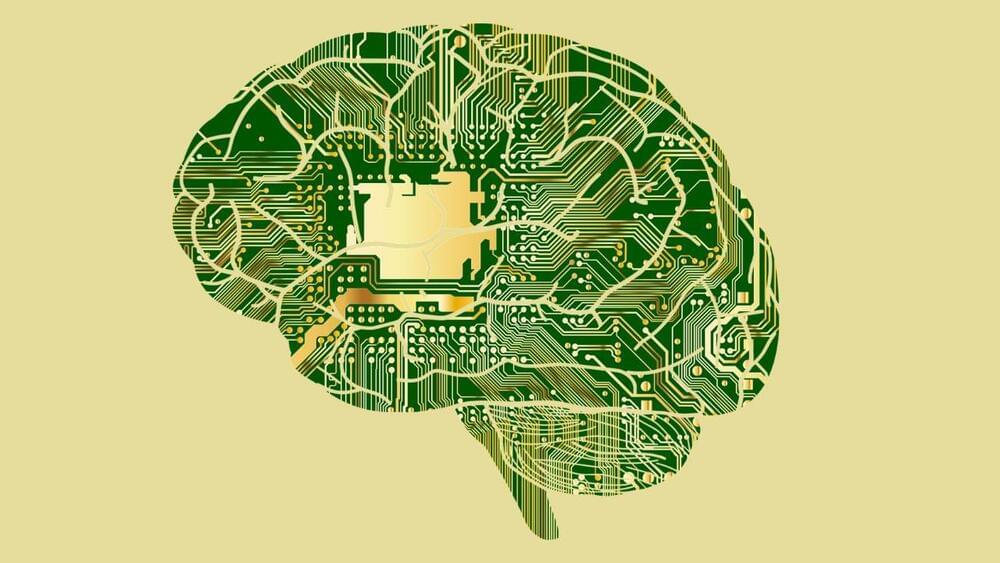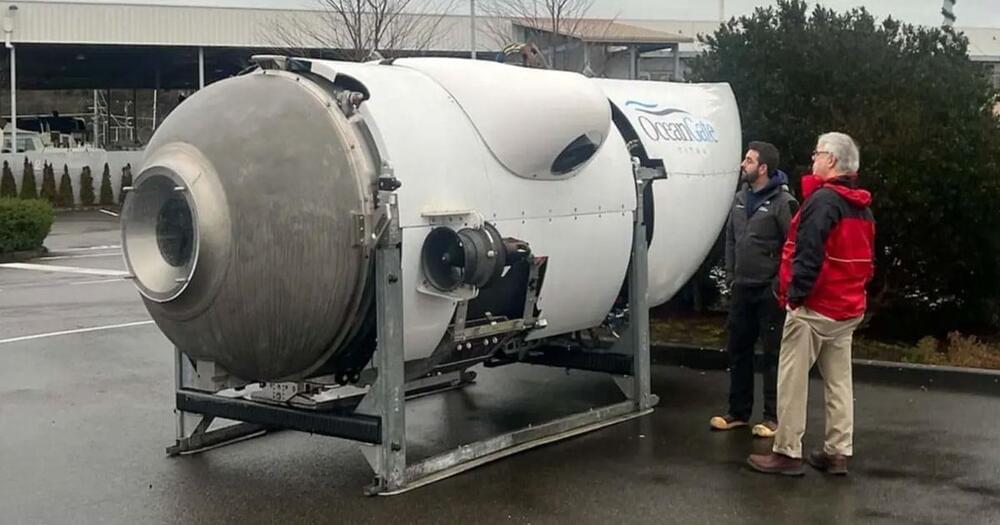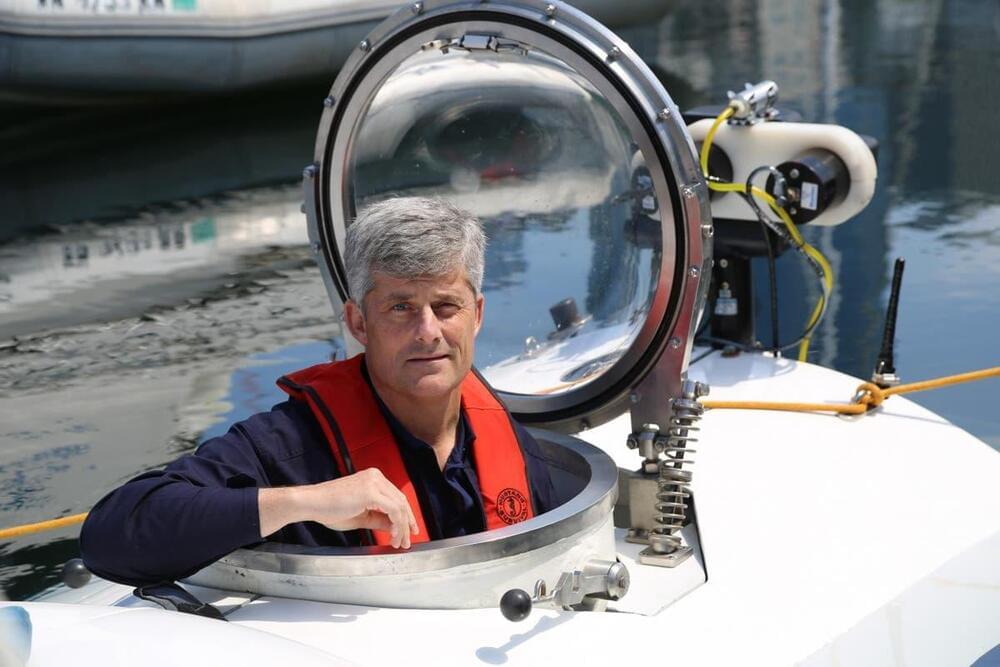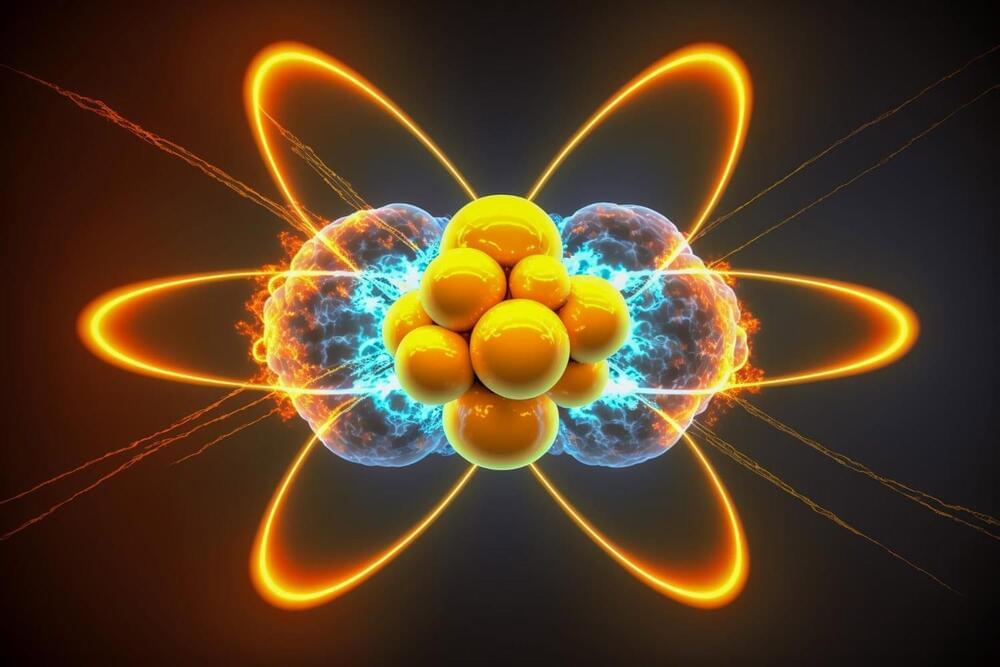Researchers at the University of Cambridge have developed a novel computer memory design that could boost performance using less energy.



New evidence continues to strongly suggest that OceanGate’s submersible, which catastrophically imploded and killed all five passengers on its way to the wreck of the Titanic last week, unfit for the journey.
Arnie Weissman, editor-in-chief of Travel Weekly, initially agreed to join the June expedition, the Washington Post reports, but backed out at the last minute due to a scheduling conflict. A May dive he was supposed to go on also was canceled due to bad weather.
A conversation he had with OceanGate CEO Stockton Rush the night before the expedition, however, still haunts him to this day.




Join top executives in San Francisco on July 11–12, to hear how leaders are integrating and optimizing AI investments for success. Learn More
For Star Trek fans and tech nerds, the holodeck concept is a form of geek grail. The idea is an entirely realistic simulated environment where just speaking the request (prompt) seemingly brings to life an immersive environment populated by role-playing AI-powered digital humans. As several Star Trek series envisioned, a multitude of scenes and narratives could be created, from New Orleans jazz clubs to private eye capers. Not only did this imagine an exciting future for technology, but it also delved into philosophical questions such as the humanity of digital beings.
Since it first emerged on screen in 1988, the holodeck has been a mainstay quest of the Digerati. Over the years, several companies, including Microsoft and IBM, have created labs in pursuit of building the underlying technologies. Yet, the technical challenges have been daunting for both software and hardware. Perhaps AI, and in particular generative AI, can advance these efforts. That is just one vision for how generative AI might contribute to the next generation of technology.

Archaeologists and computer scientists have worked together to create an artificial intelligence (AI) program capable of translating ancient cuneiform texts. The researchers say their goal is for the program to form part of a “human-machine collaboration”, which will assist future scholars in their study of archaic languages.
Cuneiform is thought to be the oldest writing system in the world. Recorded by gouging symbols into clay tablets, it was originally developed by the Mesopotamians in what is now Iraq, where it started out as a way of keeping track of bread and beer rations. The system quickly spread throughout the ancient Middle East, where it remained in use continuously for over 3,000 years.
Thousands of documents, most written in either the Sumerian or Akkadian languages using the cuneiform script, survive to this day; but translating them can be a major headache. For one thing, there simply aren’t that many people with the necessary expertise. For another, the texts are often broken up into fragments.

If you want to become a leader, start yammering. It doesn’t even necessarily matter what you say. New research shows that groups without a leader can find one if somebody starts talking a lot.
This phenomenon, described by the “babble hypothesis” of leadership, depends neither on group member intelligence nor personality. Leaders emerge based on the quantity of speaking, not quality.
Researcher Neil G. MacLaren, lead author of the study published in The Leadership Quarterly, believes his team’s work may improve how groups are organized and how individuals within them are trained and evaluated.